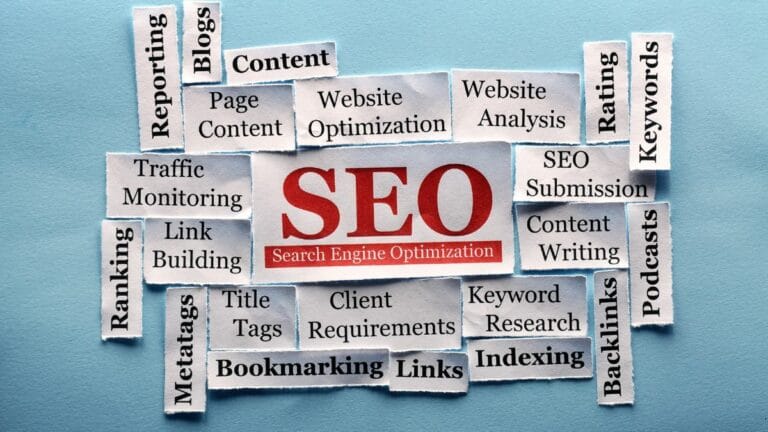In 2025, businesses are more data-driven than ever, and digital advertisers are constantly re-evaluating where to spend their budgets most effectively. The two main contenders remain Google Ads and Meta Ads (Facebook & Instagram). Both platforms offer massive reach and sophisticated targeting tools, but their effectiveness depends heavily on your goals, audience behavior, and sales funnel stage. So, which one truly delivers the best ROI in 2025?
Audience & Intent: Two Different Worlds
Google Ads dominates high-intent searches. Users on Google are actively looking for solutions — they type queries like “best SEO agency in Paris” or “buy ergonomic office chair.” These are prospects already close to conversion, making Google a powerful channel for lead generation and sales.
Meta Ads, on the other hand, thrives on emotional discovery. Your ads appear while users scroll through their feeds, not necessarily looking to buy but open to inspiration. This makes Meta excellent for brand awareness, storytelling, and impulse-driven purchases.
👉 Key difference:
- Google Ads = Demand capture (target users ready to buy)
- Meta Ads = Demand creation (build awareness and desire)
In 2025, smart advertisers blend both: they spark interest with Meta, then convert that intent through Google.
Cost, ROI, and Performance Trends in 2025

The competition on both platforms is heating up.
- On Google Ads, CPCs (Cost Per Click) continue to rise, especially in industries like SaaS, finance, and e-commerce. However, conversion intent remains extremely strong, maintaining an average ROI of 350–400% for optimized campaigns.
- On Meta Ads, CPMs (Cost Per 1,000 impressions) are lower, offering cheaper reach. But conversion rates can be unstable, particularly when ad creatives are not refreshed regularly.
Recent market data suggests that:
- Google Ads generates higher ROI for transactional and service-based businesses.
- Meta Ads outperforms in visual, emotional, and product-driven niches — especially when paired with strong retargeting.
The brands that achieve the best ROI in 2025 are those using a cross-platform strategy, linking Meta’s awareness campaigns to Google’s conversion-driven ones.
Creative vs Keywords: Two Optimization Philosophies
Success on Google Ads depends on keyword strategy and landing page experience. You win by mastering intent: targeting the right terms, writing compelling ad copy, and ensuring fast, mobile-friendly landing pages.
Meta Ads, however, rewards visual creativity. In 2025, short videos, user-generated content (UGC), and AI-enhanced visuals perform far better than static images. Ads that look native — not corporate — drive stronger engagement.
That’s why performance marketers now treat Meta as a creative testing lab: find which visuals, headlines, and hooks resonate, then use those insights to optimize Google Search and YouTube campaigns.
The Hybrid Strategy: Where Real ROI Happens
The most profitable advertisers in 2025 don’t choose either Google or Meta — they use both strategically.
Here’s how:
- Generate awareness with Meta Ads (short videos, carousels, UGC).
- Retarget engaged users through Google Display or Performance Max campaigns.
- Convert high-intent users via Search and Shopping ads.
- Use shared data between both platforms (via GA4 + Meta Pixel) to improve attribution accuracy.
This hybrid approach ensures your budget fuels every stage of the customer journey — from discovery to conversion.
The Verdict: Who Wins in 2025?
If you sell services or high-intent products, Google Ads remains unbeatable for bottom-funnel ROI.
If you’re building a lifestyle brand or scaling e-commerce, Meta Ads still delivers excellent reach and low-cost engagement.
But the real winner is the advertiser who knows how to merge both ecosystems intelligently.
Final Takeaway
In 2025, the best ROI doesn’t come from the platform — it comes from data, creative agility, and integration.
The future of paid advertising belongs to brands that combine analytics, storytelling, and automation to reach the right audience with the right message at the right time.





